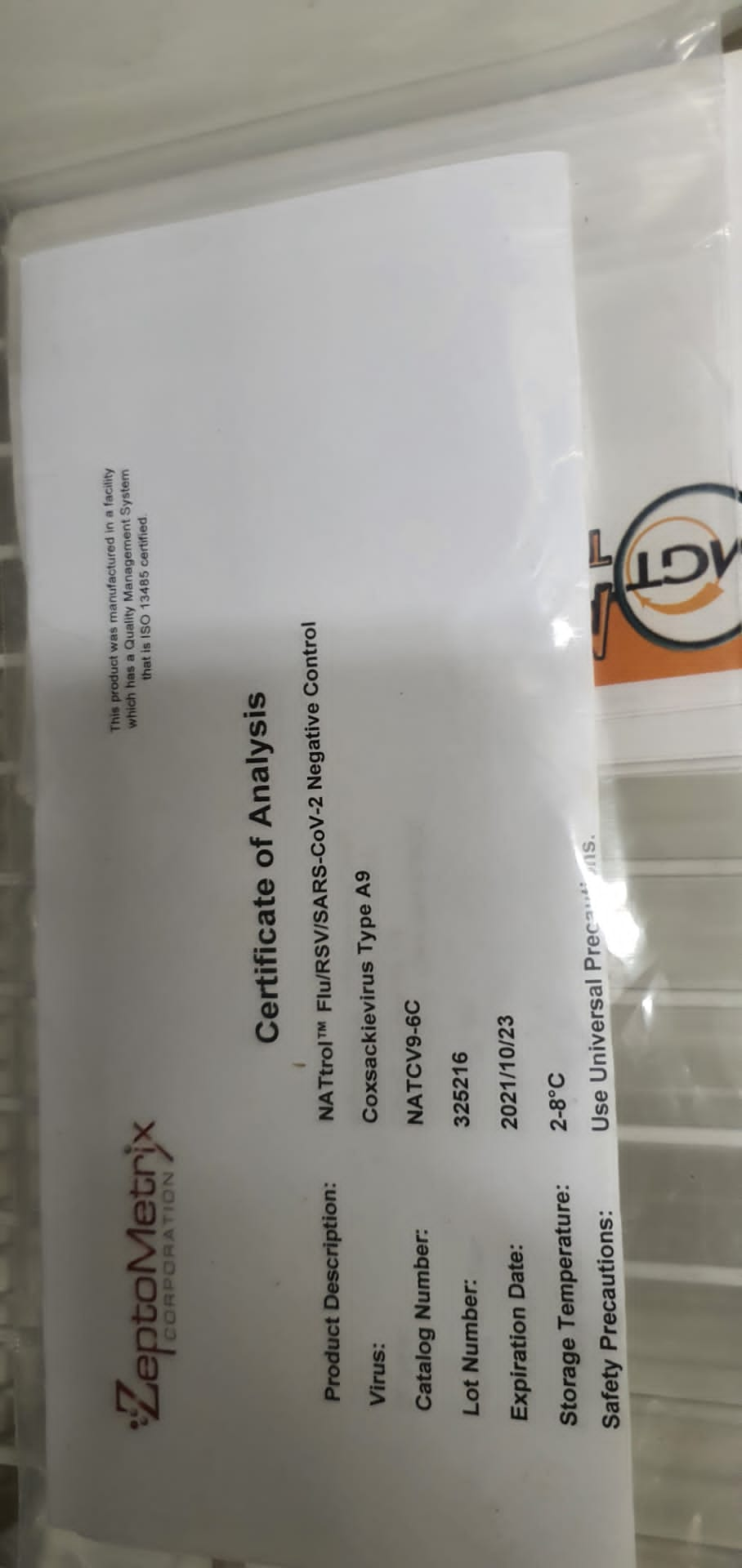Curcuma longa and Azadirachta indica are historically used in Indian delicacies and Ayurvedic drugs as nutraceuticals towards diabetes. The crude C. longa isopropanol extract, bisdemethoxycurcumin (BDMC), the purified bioactive part from C. longa, and limonoids azadiradione, gedunin from A. indica, are in a position to inhibit in vitro the antidiabetic goal human pancreatic α-amylase independently. However, no stories on their in vivo efficacy in animal fashions exist.
Thus, the antidiabetic impact of these orally administered human pancreatic α-amylase inhibitors was carried out on streptozotocin-induced Sprague-Dawley rats. Initially, the conventional rats had been handled with check compounds (10-100 mg/kg of physique weight) in corn oil (5 ml/kg), and as no lethality was noticed in these doses, additional research had been carried out with lowest focus of 10 mg/kg of physique weight.
A discount in space underneath curve (AUC) instructed glucose-lowering impact of these compounds in starch fed diabetic rats. The efficacy examine confirmed a major enchancment in physique weight, blood glucose levels, serum amylase, and fructosamine levels as nicely in different serum parameters related to diabetes with respect to liver and renal capabilities. Hence, underneath in vivo circumstances, inhibition of α-amylase exercise by BDMC and limonoids affirms it as one of the mechanisms of motion ensuing in discount of blood glucose levels.
PRACTICAL APPLICATIONS: Bisdemethoxycurcumin from C. longa and limonoids, specifically, azadiradione and gedunin, from A. indica are potent inhibitors of the antidiabetic goal human pancreatic α-amylase. Oral Starch Tolerance Test (OSTT) and 28-day efficacy examine to examine the impact of these orally administered inhibitors in diabetic rat fashions confirmed vital enhancements in serum blood glucose and amylase levels in addition to in different diabetes associated serum parameters, specifically, bilirubin, lipids, lactate dehydrogenase, alkaline phosphatase, and urea.
The examine contributes to understanding the motion and efficacy of these pancreatic α-amylase inhibitors and suggests a possible function for them as nutraceuticals/therapeutics in administration of post-prandial hyperglycemia.
Serum metabonomic examine of the results of Huofeitong pill on rats with COPD
Chronic obstructive pulmonary illness (COPD) is a typical respiratory illness. The Huofeitong pill (HFTT), a Chinese compound drugs, reveals an unambiguous therapeutic impact on COPD. However, the mechanism of its therapeutic impact on COPD is unclear. This examine aimed to research the impact of HFTT on COPD and its mechanism. The adjustments in pulmonary operate and the inflammatory elements in rats had been decided through histopathology and bronchoalveolar lavage fluid. The mechanism of HFTT in COPD therapy was revealed utilizing UPLC-Q-TOF-MS/MS and multivariate statistical evaluation.
Results confirmed that after HFTT therapy, the lung operate started to get well, the lung tissue improved, and the TNF-α and IL-6 levels decreased, suggesting that HFTT had a therapeutic impact on COPD. In addition, 12 potential biomarkers, together with malonate, urea-1-carboxylate, pyruvate, L-cysteate, glutathione, 2-deoxy-α-D-ribose1-phosphate, 3-fumarylpyruvate, 3-maleylpyruvate, 2-inosose, urate, allantoin, and inosine had been screened.
They related to COPD improvement and concentrated in glutathione metabolism, glyoxylate and dicarboxylate metabolism, secondly concentrated in pyruvate metabolism, glycolysis/gluconeogenesis, pentose phosphate pathway, citrate cycle, glycine, serine and threonine metabolism, inositol phosphate, and purine metabolism. This examine contributes to the event and utility of HFTT in COPD therapy and supplies a theoretical foundation for COPD prognosis, prevention, and therapy.
Bovine Serum Albumin-Cross-Linked Polyaniline Nanowires for Ultralow Fouling and Highly Sensitive Electrochemical Protein Quantification in Human Serum Samples
Biofouling represents a critical problem for the assaying of illness markers with numerous biosensors in advanced organic samples because of the accompanied nonspecific protein adsorption. Herein, a extremely delicate and antifouling biosensing interface was constructed primarily based on an economical inert protein bovine serum albumin (BSA) cross-linked with polyaniline nanowires (PANI-NWs).
Compared with the bodily adsorbed BSA that was generally used to dam nonspecific adsorption or binding of proteins, the cross-linked BSA exhibited a considerably enhanced antifouling functionality. The BSA/PANI-NW-modified electrode interface possessed glorious antifouling functionality and electrochemical exercise owing to the presence of the cross-linked BSA and the conducting polymer polyaniline.

With additional immobilization of the peptide aptamer for immunoglobulin G (IgG) recognition onto the BSA/PANI-NW interface, an electrochemical biosensor with glorious selectivity and sensitivity was ready. The IgG biosensor possessed a linear vary from 1.Zero ng mL-1 to 10 μg mL-1 and a low detection restrict of 0.27 ng mL-1, and it was succesful of assaying IgG in advanced human serum samples with acceptable accuracy when put next with the assay outcomes obtained utilizing business enzyme-linked immunosorbent assay kits. It is anticipated that the distinctive BSA-cross-linked conducting polymers can be utilized for the development of numerous electrochemical sensors and biosensors that may be utilized in advanced organic media.
BDNF serum concentrations in 2053 individuals of the Berlin Aging Study II
Serum BDNF concentrations in 2053 individuals of the Berlin Aging Study II (BASE-II; 1572 people from the older age group [60-85 years], 481 people from the younger-age reference group [22-37 years]) had been studied. There was no impact of age, intercourse, physique mass index, self-reported melancholy, or BDNF Val66Met variant on serum BDNF concentrations.
[Linking template=”default” type=”products” search=”Duck Serum” header=”3″ limit=”186″ start=”4″ showCatalogNumber=”true” showSize=”true” showSupplier=”true” showPrice=”true” showDescription=”true” showAdditionalInformation=”true” showImage=”true” showSchemaMarkup=”true” imageWidth=”” imageHeight=””]
Multiple linear regression evaluation did not detect vital relationships of Digit Symbol Substitution Test rating and Consortium to Establish a Registry for Alzheimer’s Disease reminiscence rating to BDNF levels. However, we detected a optimistic correlation between platelet counts and BDNF levels (r = 0.303, p < 0.001). Our findings don’t help an impact of ageing, self-reported melancholy, or the Val66Met variant on serum BDNF concentrations. The function of thrombocytes in the biology of serum BDNF deserves additional examine.
